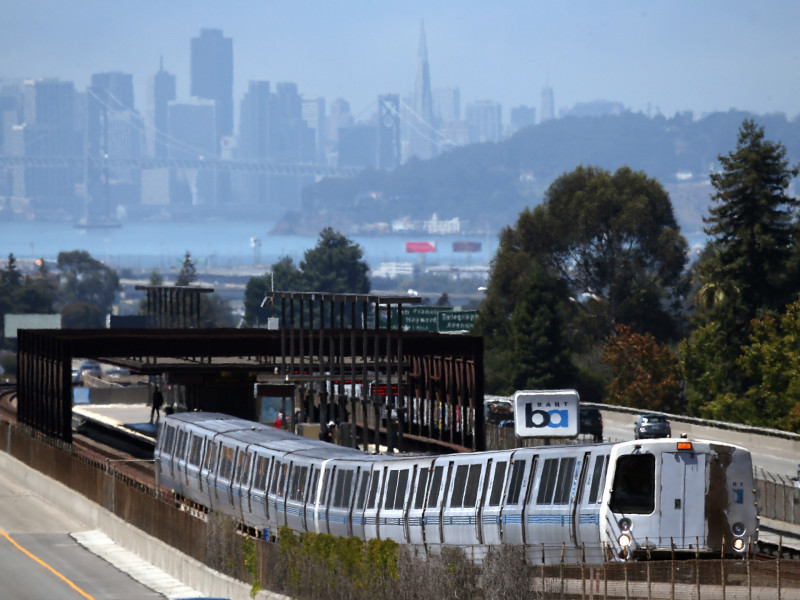BART has already managed to secure funds for some of its big projects -- nailing down commitments for $2 billion for its 775 new rail cars, for instance. Those funds will come from a variety of sources: federal transportation funding dispensed by the Metropolitan Transportation Commission, bridge tolls, California high-speed rail bond proceeds (BART qualifies, because it's expected to tie into any future bullet-train network the state builds), and money from the state's cap-and-trade program, set up to reduce emissions of greenhouse gases.
But even with all those funds promised -- promised, not delivered -- BART would still have to find about $500 million to pay for the new rail cars. It faces similar challenges lining up money for its maintenance facility and for replacing its train control system, the latter being a project that would allow more trains to run on the system simultaneously.
So back to the "who will pay?" question. The answer is: most of us in the Bay Area, in some way or other.
"After all, people who ride BART are part owners," BART spokesman Jim Allison told KQED's Peter Jon Shuler on Tuesday. "So we're going to continue to seek help from the public."
What kind of help?
The agency's board has already adopted a schedule for future fare increases (you'll pay 3.9 percent more starting Jan. 1, 2016, with the next rise tentatively set for 2018).
Beyond that, BART's been talking about going to the ballot to try to secure new funding. Allison says that could happen in 2016 or 2018, though exactly what the agency would ask for -- for instance, a bond issue that would be paid for by an increase in property taxes or a sales-tax increase in the counties BART serves -- hasn't been decided.
Jeff Hobson, deputy director of transit advocacy group Transform, says that to make a credible argument to voters, BART needs to demonstrate the urgency of its needs and to show that it's been spending money wisely. Transform has been a consistent critic of BART -- for instance, questioning what it has described as the slow progress of upgrading its rolling stock and train control system.
One step BART could take in planning for the future, Hobson says, is to consider less expensive alternatives for future expansions.
"BART needs to think of itself as a transit system instead of as a silver train," Hobson says. He points to the agency's plans to extend its rail service from its current Dublin-Pleasanton station to Livermore. A sales tax measure passed last year by Alameda County voters will raise hundreds of millions of dollars for that project, but Hobson says the agency should consider less costly alternatives -- such as an express bus service that could serve both the Interstate 580 and I-680 corridors.
But while BART continues to face criticism for granting significant wage increases to union workers after two strikes in 2013, Hobson says the auditor's report may help the agency's cause.
The audit finds that BART has done a credible job of projecting its future fiscal needs and that its projections for coming years are at least plausible.
"They need to be able to say, 'We've been using our money responsibly.' That's always the most important thing when approaching the voters," Hobson says. "And they have to say, 'Look at the needs we have.'"
And the needs, in more human terms than budget figures convey, include a system that will be more and more crowded in coming decades. BART's ridership has increased about 25 percent in the last five years, to more than 400,000 trips on the average weekday. BART has projected that figure could increase to more than 800,000 by 2040.
